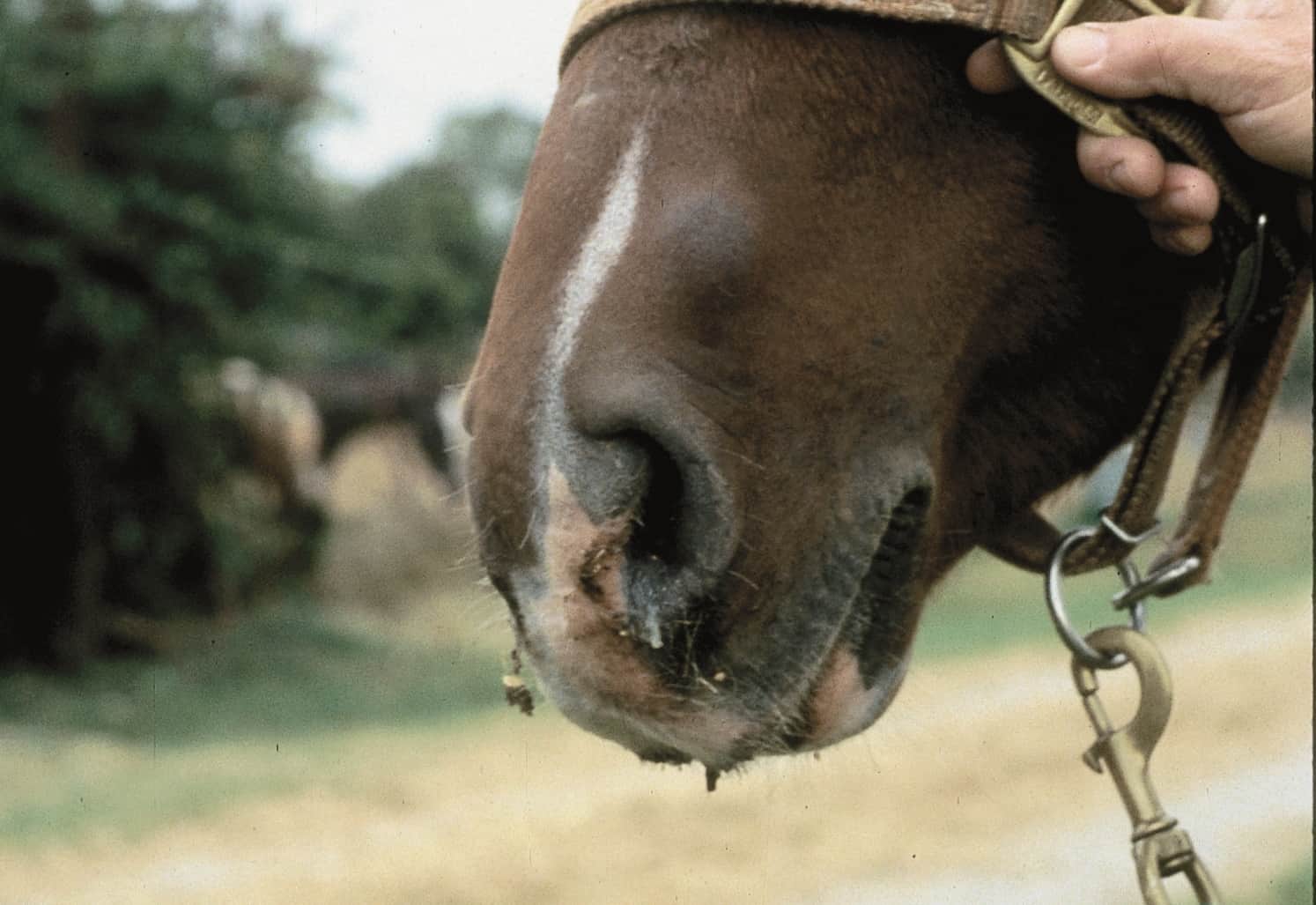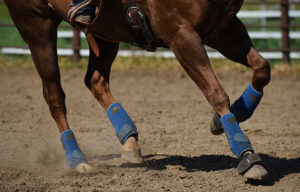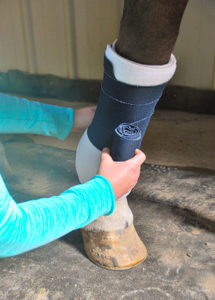Why Are EHV-Exposed Horses Showing Signs Yet Testing Negative?

If you’ve been following the recent EHV-1 outbreak at the Sonoma County horse show facility in Petaluma, California, you might have experienced a few “huh?” moments due to the negative test results horses showing clinical signs received. We asked Nicola Pusterla, DVM, Dipl. ACVIM, who’s a professor of medicine and epidemiology at the University of California, Davis, School of Veterinary Medicine, for his insight. Here’s what he had to say.
“In general, by the time we see neurologic signs in a horse infected with EHV-1, the patient is still qPCR*-positive in nasal secretions, while only 40-50% of neurologic horses will have evidence of viremia (virus in their bloodstream),” he says. “It is, in my opinion, uncommon to see a horse with acute onset of EHM (equine herpesvirus myeloencephalopathy) that ends up testing qPCR-negative in both blood and nasal secretions.”
What is EHV?
Equine herpesvirus (EHV) is highly contagious among horses and can cause a variety of ailments in equids, including rhinopneumonitis (a respiratory disease usually found in young horses), abortion in broodmares, and equine herpesvirus myeloencephalitis (EHM, the neurologic form). Other clinical signs can include fever, cough, nasal discharge, depression, and inappetence. Horses affected neurologically might exhibit ataxia (incoordination), weakness or paralysis of the fore- and hind limbs, urine retention and dribbling, loss of tail tone, and recumbency (inability to rise).
While Pusterla says he doesn’t know which cause or causes were involved in the Sonoma cases, here are his theories on why a horse with signs of EHM might receive a qPCR-negative result:
- An issue with the testing platform. This is unlikely with the Sonoma cases, as two laboratories using different target genes tested multiple samples, and all results were negative.
- Absence of EHV-1 infection. Not every horse that exhibits neurologic signs during an EHV-1 outbreak has EHM. Horses might develop neurologic signs unrelated to EHM, or horses might have preexisting neurologic signs from other diseases or conditions that suddenly become apparent due to increased owner awareness.
- True EHV-1 negative qPCR results. Horses that are going to show neurologic signs generally do so at the tail end of an EHV-1 infection, when the viral load has decreased. A negative qPCR result for EHV-1 simply indicates no virus is present at the time of testing. “That said,” Pusterla says, “the host response is important as well. It is possible that in these horses with partial immunity due to either previous infection or vaccination, the shedding and viremia were cut short. Some of the horses that ended up testing qPCR-negative during the acute onset of neurologic signs had previous qPCR-positive EHV-1 results during the febrile (elevated temperature) phase seven to 10 days earlier. This is a great reminder to always test sick horses during the early onset of a suspected EHV-1 infection rather than starting to test when the horse first develops neurologic signs.”
*qPCR, aka real-time or digital polymerase chain reaction, is a genetic test that measures the quantity, rather than simply the presence, of genetic material such as a virus that is present in a sample.
Written by:
Diane E. Rice
Related Articles
Stay on top of the most recent Horse Health news with















